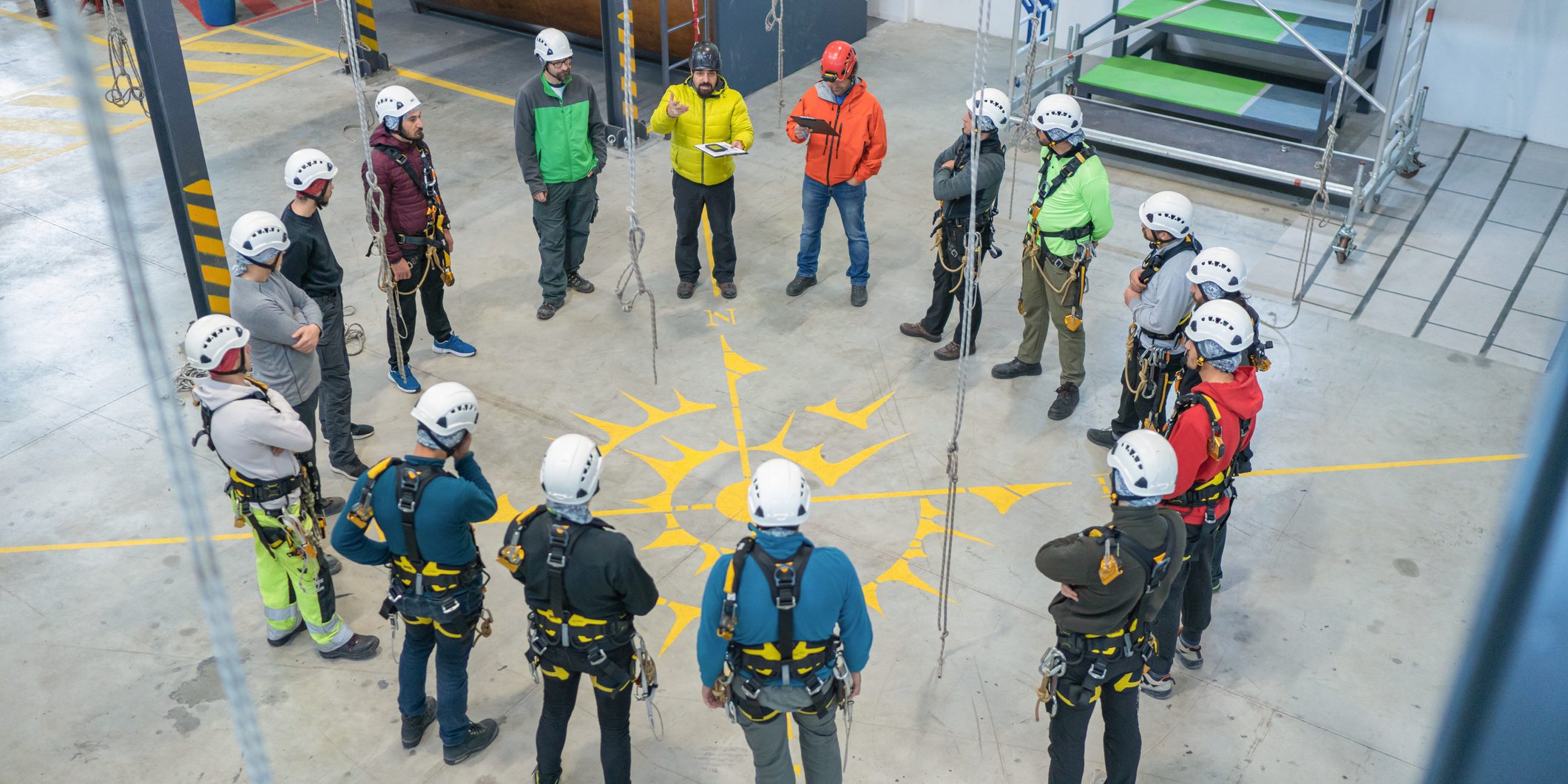Are your safety meetings a drag for your workers? Are they shifting in their seats as they sit through yet another presentation on slip and fall hazards?
Safety meetings are a key part of a safety awareness program and are one of the best methods to motivate workers to take safety out of the classroom and into the field. But they don’t have to be boring. You need to keep your employees’ attention and make sure they retain what you teach them, because their lives could depend on it.
But, it’s not easy to keep the meetings motivating and interesting to your workers. Here are some tips to keep your workers engaged while also making them more aware of safety in the workplace.
- Have people with management experience organize your safety meetings. Too often, people leading the meetings are certified in safety, but have no experience in management. In other words, safety engineers may get too wonkish for your workers, who can then lose interest. To be most effective, have a manager conduct the meeting with the safety expert, who can answer the technical questions.
- Build an agenda and circulate it before the meeting. Work with a small group. Focus on the specific. Define what success will mean. Create an expectation of value and participation. Anticipation is a powerful emotion.
- Don’t look backward. Don’t make the meeting all about reliving one bad accident that happened in the workplace. Instead, review the accident or close call and what led up to it in the first place, so you can discuss with participants ways to make sure the incident is not repeated in the future.
- Vary your techniques. Individuals learn differently. If you must use Power Point slides, use them sparingly with one idea or image per slide. Videos can be helpful in combination with discussions and games. Involving people helps them retain the message.
- Tell stories and use real life examples. Have a story or an example to illustrate every point. The best safety meeting is just hanging out and talking about a subject and telling stories. Talking about the individuals involved in the story helps personalize it.
- Use games and competitions, but be sure they have a purpose to either educate or inspire. Think “Safety Bingo” or “At-Risk Jeopardy.” You can hold competitions between teams of workers to see who knows the most about a certain safety issue that is typical in the workplace. Competition really brings out the best in people and helps them learn.
- Have fun. Fun during safety meetings can help people feel like they are part of a team and create a sense of belonging. It also helps create a shared company culture. Try something unique, like a Shakespeare play that turns on safety.
- Follow up. Reinforce the key points of the meeting by getting back to the participants. Send them articles, bullet lists, and links with resources, as appropriate, a few weeks after giving a safety talk.
The most successful safety meetings are well-planned, with management involvement ― and documented.
Fresh ideas
Selecting a topic for a safety meeting is not always easy. Sometimes you may be wondering what to feature, especially when you have covered some topics many times. If you are fresh out of ideas, consider your topic by:
- Reviewing new laws and industry standards,
- Reviewing new company policies and procedures,
- Evaluating existing safety hazards in the workplace,
- Considering future industry events that may impact specific work procedures,
- Asking your employees for issues they would like to see discussed at the meeting.
The best time to schedule a safety meeting is the start of the work shift. Before you start a safety meeting (on time), have the participants sign in.
Sample meeting agenda
- State the primary purpose of the meeting.
- Review old business from previous safety meetings.
- Ask for suggestions for future meetings.
- Present material for the current safety meeting, using visual aids, such as video, overhead transparencies, slides or printed handouts to stimulate the employees’ interest.
- Review or give a quiz to participants.
- Present an agenda for the next meeting.
The takeaway
You should do all you can to ensure your workers’ safety, and a key part of that is to train them properly in the safety issues that confront them at work.
Employees have often sat through several safety meetings, so the key to driving home the point effectively is to make them engaging, stimulating ― and above all, memorable.


